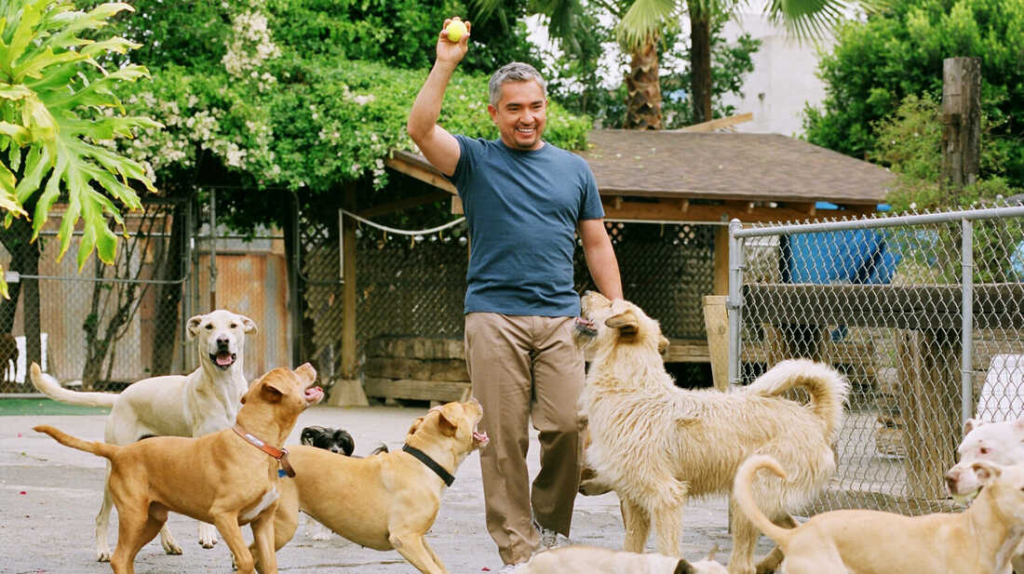Dogs, often referred to as “man’s best friend,” have a unique ability to communicate with humans and form deep bonds. Some individuals seem to have an innate gift for understanding and communicating with dogs, earning them the title of “dog whisperers.” While it may appear that these people possess some magical ability to connect with our four-legged companions, the truth is that they have honed their skills through patience, experience, and a deep understanding of canine communication. In this article, we will explore the secrets to becoming a dog whisperer and how you can unlock the mystical bond between humans and dogs.
Develop Empathy
One of the fundamental qualities of a dog whisperer is empathy. To truly understand and connect with dogs, you must be able to put yourself in their paws, so to speak. This means recognizing their emotions, fears, and desires. When you can feel what a dog feels, you’re better equipped to respond in a way that fosters trust and cooperation.
Learn Canine Body Language
Dogs primarily communicate through body language. A dog whisperer becomes fluent in reading a dog’s posture, facial expressions, and tail movements. For instance, a wagging tail doesn’t always mean a dog is happy – the speed, height, and stiffness of the tail can indicate different emotions. Similarly, a lowered head or raised hackles can convey feelings of fear or aggression. To master this language, study canine behavior and observe dogs in various contexts.

Patience and Observation
Becoming a dog whisperer requires patience. Dogs are sensitive and may not respond immediately to your attempts at communication. You must be willing to observe and wait for the right moments to engage with them. Watching a dog’s behavior, especially in different situations, can provide invaluable insights into their needs and preferences.
Positive Reinforcement
The cornerstone of dog whispering is positive reinforcement. This means rewarding desirable behaviors with praise, treats, or affection. When a dog associates good behavior with positive outcomes, they’re more likely to repeat those behaviors. A dog whisperer understands how to reinforce positive actions while gently discouraging undesirable ones.
Establish Trust
Building trust with a dog is essential. Dogs are naturally cautious, and trust takes time to develop. To gain their confidence, always be consistent, gentle, and respectful of their boundaries. A dog whisperer knows that trust is the foundation of a strong human-canine bond.
Communication through Voice and Touch
Apart from body language, vocal tone and touch play significant roles in communicating with dogs. A dog whisperer uses a calm, soothing voice to reassure and comfort, while their touch is gentle and non-threatening. By mastering these aspects of communication, you can convey your intentions clearly and gain a dog’s trust.
Practice, Practice, Practice
Becoming a dog whisperer is a skill that requires practice. Spend time with different dogs, from various breeds and backgrounds. Each dog is unique, and working with a variety of them will help you refine your abilities. With time and effort, you’ll become more adept at understanding and connecting with dogs.
Education and Training
Formal education and training in dog behavior can provide valuable knowledge. Consider enrolling in dog training courses or reading books authored by experts in canine behavior. These resources can deepen your understanding of dog psychology and help you become a more effective dog whisperer.
Conclusion
Becoming a dog whisperer is not a mystical journey; it’s a skill that anyone can develop with patience, empathy, and knowledge. Understanding canine body language, practicing positive reinforcement, and building trust are essential components of this endeavor. By becoming fluent in the language of dogs and forging a deep connection with them, you can unlock the secrets of canine communication and experience the profound bond that exists between humans and their four-legged companions. Remember, it’s not about whispering; it’s about listening and understanding in a language that dogs truly comprehend.








Comments 1